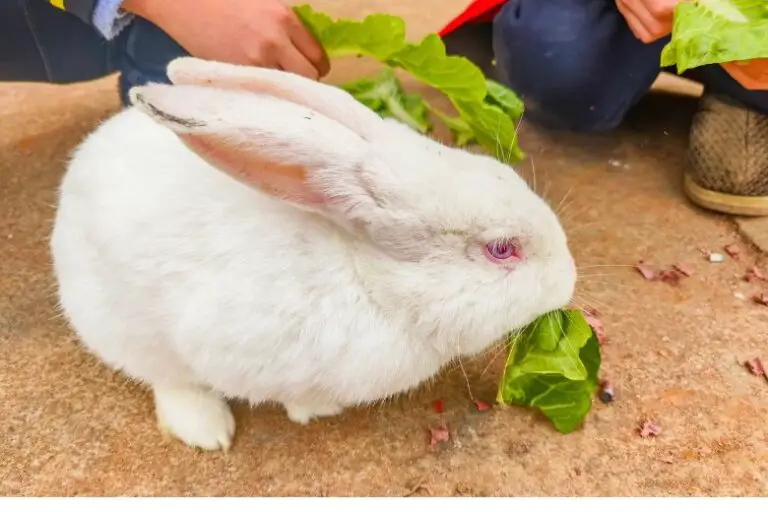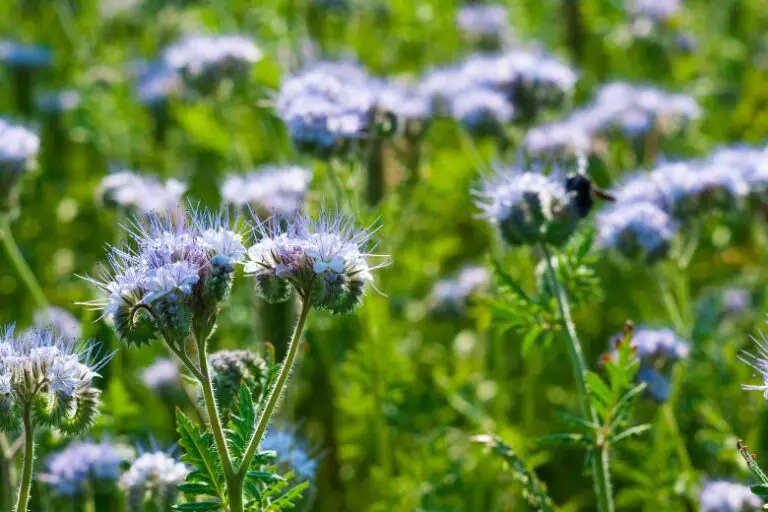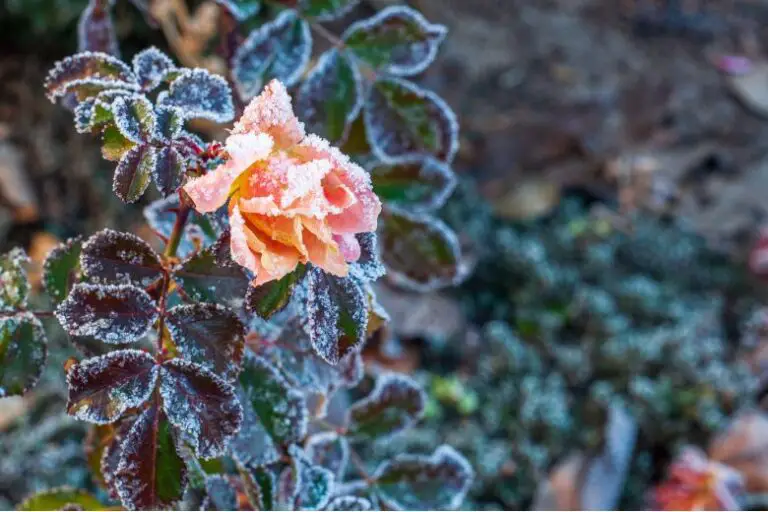Turk’s Cap Lily: Nature’s Work of Art
Nature has bestowed us with countless wonders, and Turk’s Cap Lily (Lilium superbum) stands as a breathtaking testament to its artistic prowess. This majestic flower, native to North America, exhibits an unparalleled grace and elegance.
In this article, we will explore the enchanting beauty of Turk’s Cap Lily, its life cycle, cultural significance, conservation efforts, gardening tips, intriguing varieties, and captivating facts that make it an exceptional creation.
The Beauty of Turk’s Cap Lily
Appearance and Characteristics
The Turk’s Cap Lily is a perennial wildflower renowned for its distinctive appearance. It features a tall stem, reaching up to six feet in height, adorned with deep green lance-shaped leaves. The flower’s striking turban-like shape gives it the name “Turk’s Cap,” with recurved petals forming a crown-like structure. Its vibrant color palette includes shades of orange, red, and yellow, while the inner petals showcase delightful speckles and patterns.
Geographic Distribution
Turk’s Cap Lily thrives in a wide range of habitats across North America, gracing forests, meadows, and riverbanks with its presence. Its distribution extends from the Atlantic coast to the Great Plains, delighting nature enthusiasts and hikers in various states.
Environmental Significance
Beyond its aesthetic charm, Turk’s Cap Lily plays a vital role in its ecosystem. Its nectar-rich blooms attract numerous pollinators, including bees, butterflies, and hummingbirds. By supporting these essential creatures, it contributes to the overall biodiversity of its habitat.
Life Cycle of Turk’s Cap Lily
Germination and Growth
The life cycle of Turk’s Cap Lily begins with the germination of seeds. These seeds often lie dormant through winter, awakening in spring when favorable conditions prevail. Upon germination, the young seedlings start their journey toward maturity, aided by the rich soil and ample sunlight.
Blooming Process
As the Turk’s Cap Lily matures, it prepares for its spectacular bloom. Typically, the flowering period occurs during the summer months. The tightly wound buds gradually unfurl, revealing the mesmerizing turban-like blossoms in all their glory.
Seed Production
Following the bloom, Turk’s Cap Lily undergoes seed production. Once the flowers have been successfully pollinated, they develop seed pods. These pods house numerous seeds, each containing the potential for a new generation of these remarkable flowers.
Cultural Significance
Folklore and Legends
Throughout history, Turk’s Cap Lily has been the subject of captivating folklore and legends. Native American tribes revered the flower, attributing spiritual significance to its striking appearance. Many tribes associated it with themes of rebirth, transformation, and prosperity.
Medicinal Uses
In traditional medicine, certain parts of Turk’s Cap Lily were used for their medicinal properties. These included remedies for ailments ranging from digestive issues to skin irritations. However, it’s essential to note that using plants for medicinal purposes should be approached with caution and proper knowledge.
Conservation Efforts
Threats to Turk’s Cap Lily
Despite its enduring beauty, Turk’s Cap Lily faces threats to its survival. Habitat loss due to human activities, climate change, and over-harvesting are among the primary concerns. These factors pose significant challenges to the delicate balance within its natural environment.
Conservation Measures
In response to these challenges, conservationists and nature enthusiasts have rallied to protect Turk’s Cap Lily. Efforts include habitat restoration, raising awareness, and establishing protected areas to preserve the species and its habitat for future generations.
Gardening with Turk’s Cap Lily
Suitable Growing Conditions
For those interested in cultivating Turk’s Cap Lily in their gardens, understanding its growing conditions is crucial. These flowers prefer partial shade and well-draining soil. They are ideally suited for woodland gardens and naturalized areas.
Planting and Care Tips
To ensure a successful garden, it’s essential to plant Turk’s Cap Lily bulbs correctly and provide them with adequate care. Regular watering, mulching, and occasional fertilization will help these stunning flowers thrive.
Turk’s Cap Lily Varieties
Lilium Superbum
Lilium Superbum, commonly known as Turk’s Cap Lily, is the most recognized and widely cultivated variety. Its mesmerizing appearance and resilience make it a favorite among gardening enthusiasts.
Lilium Columbianum
Another enchanting variety, Lilium Columbianum, graces the western regions of North America. It exhibits distinct color variations, adding diversity to the genus.
Lilium Michauxii
Native to the southeastern United States, Lilium Michauxii captivates with its striking appearance and unique characteristics, enriching the botanical tapestry.
Fascinating Facts about Turk’s Cap Lily
Pollination Strategies
Turk’s Cap Lily employs ingenious pollination strategies. The recurved petals prevent self-pollination, encouraging cross-pollination by attracting various pollinators to aid in the process.
Unique Adaptations
Turk’s Cap Lily has evolved unique adaptations to survive and flourish in different environments. From its ability to thrive in varying soil conditions to its remarkable resilience against pests, it has perfected the art of survival.
Conclusion
Turk’s Cap Lily stands as a testament to nature’s artistic brilliance, adorning landscapes with its vibrant colors and elegant form. Beyond its aesthetic allure, it plays an essential role in the ecosystem, supporting various pollinators. However, to ensure its survival for generations to come, concerted conservation efforts are necessary. Gardening enthusiasts can also bring a touch of nature’s beauty into their own backyards by cultivating this marvelous flower. By cherishing and preserving the splendor of Turk’s Cap Lily, we pay homage to one of nature’s most captivating creations.







